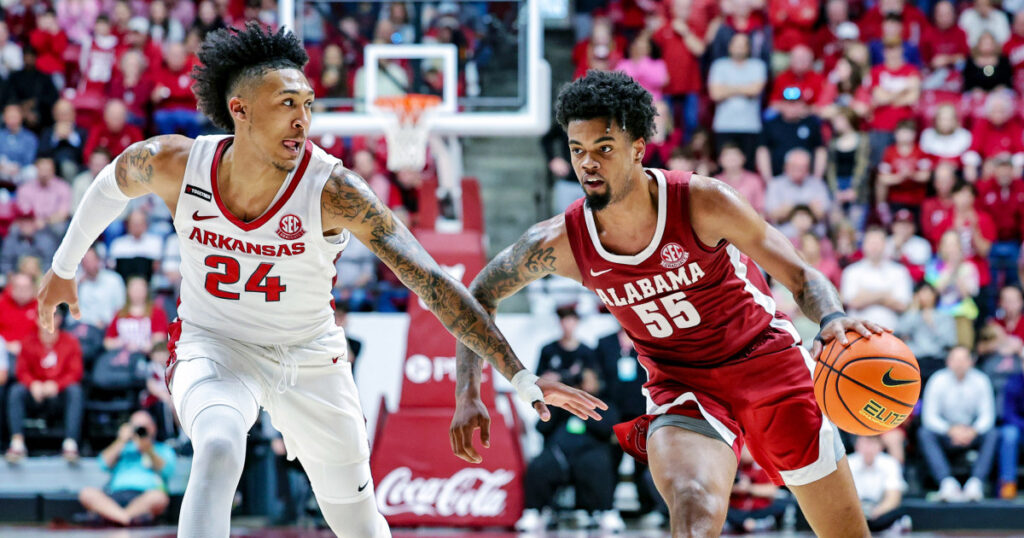Mayor Randall Woodfin of Birmingham, Alabama, said in a February Facebook post that if Alabama’s proposed anti-DEI bill became law, “I have no problem organizing Black parents and athletes to attend other institutions outside of the state where diversity and inclusion are prioritized.” Alabama Gov. Kate Ivey signed SB 129, which bans Alabama colleges from having diversity, equity and inclusion programs or departments and instruction on “divisive concepts,” into law March 20. It remains to be seen whether Woodfin will follow through on his threat. Still, the statement raises an interesting possibility. What if colleges in states that are not passing anti-DEI legislation began recruiting promising student-athletes in DEI-hostile states with a “Go to college where you are wanted” pitch?
Despite its critics’ hyperfixation on race, DEI is about far more than that.
Many public universities, especially those in the South, rely on the revenue generated by student-athletes to help keep the lights on, and the specter of divestment and a boycott of student-athletes, regardless of race, is one that an administration and its donors would be unlikely to ignore. Many behind the anti-DEI movement would likely scoff at the idea that such a boycott would have a tangible effect, but that is because they ignore the documented impact that college sports have on the economy in many states, including Alabama, and they do not understand how DEI in higher education works.
It is critical to point out three facts about DEI. First, there is no national framework for DEI because every community is different. There is no check-box approach to diversity, equity and inclusion work because universities vary intensely from place to place; the diversity situation at Harvard is not the same as in Kansas, Oregon or Alabama.
Second, despite its critics’ hyperfixation on race, DEI is about far more than that. When the topic is how diverse an organization is, how inclusive it is, and if…
Read the full article here





